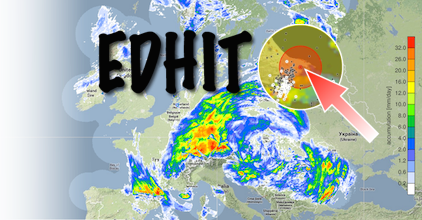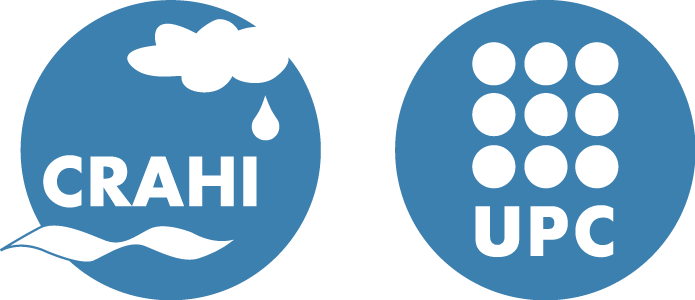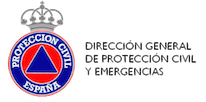International Workshop on Forecasting Rainfall and lightning induced Hazards at European Scale
Heavy rainfalls and lightning are the triggering agents of a number of natural hazards affecting our society through their impacts over the outdoor exposed activities and assets. Classically floods, and specifically flash floods, have been considered the main natural hazard directly caused by heavy rainfall, but, as new areas of relevant socioeconomic interest requiring specific hazard assessment appear, this perception is moving towards the new more general paradigm of "heavy rainfall induced hazards".
Regarding all these weather-affected activities, and more precisely in the case of flash floods, the main requirement is to anticipate the occurrence of heavy rainfalls with high spatial and time resolution. This capability is the crucial point to provide appropriate hazard assessment to be used by Civil Protection and other emergency management authorities.
The advancements of the last decades in rainfall forecasting with Numerical Weather Prediction models have been recently completed with the improvements on the very short-term rainfall forecasting (or nowcasting) using radar rainfall composites and other complementary sensor networks. The high resolution of radar-based observations and their capability to capture the short-term evolution of the rainfall field make them a crucial source of information to anticipate the effects of these intense rainfalls.
The EU Civil Protection Prevention and Preparedness project EDHIT has performed an intensive demonstration of an enhanced rainfall and lightning induced hazard Identification nowcasting tool at European scale in collaboration with several National Hydro-Meteorological Services (NMHS) participating in the EUMETNET OPERA project, as well as several Civil Protection authorities. The ultimate objective of the project has been showing the potential added value of the data generated by the NHMS through OPERA in supporting the emergency management of disaster events caused by heavy rainfall, seeking for the complementarity of this information with the Flood Hazard identification tools provided by the European Flood Awareness System (EFAS), as well as promoting the interest to uptake these developments by the public authorities in duty of the emergency operations.
Besides of the obvious advantages of monitoring the precipitation field over Europe at high resolution, EDHIT has demonstrated that the use of OPERA radar mosaics supports the generation of interesting high-resolution forecasts for lead times up to 3-6 hours. Forecasts that have been transformed into an index of flash flood occurrence used to forecast hydrological hazard assessment in basins ranging between 10 and 1000 km2 over Europe.
The present EDHIT Workshop is a collaborative effort with the European Emergency Response Coordination Centre (DG ECHO) to show the results of the project, which essentially prove the crucial value of the OPERA European radar composites to complement the EFAS tools at short-time lead times.
A number of recognized specialists have been invited to provide details about the techniques of rainfall nowcasting, its transformation into rainfall-induced hazard assessment, and about the results obtained during the EDHIT verification tests.
The workshop is oriented to Emergency managers from Civil Protection Centres, to Meteorological forecasters supporting them, to hydrological forecasters using the EFAS platform, as well as to experts from enterprises providing them technical support. The aim is to promote a discussion about how to face together the challenge of rainfall-induced hazards at European Scale in the 21st century.
participants already registered!
EDHIT Training Webpage HERE








